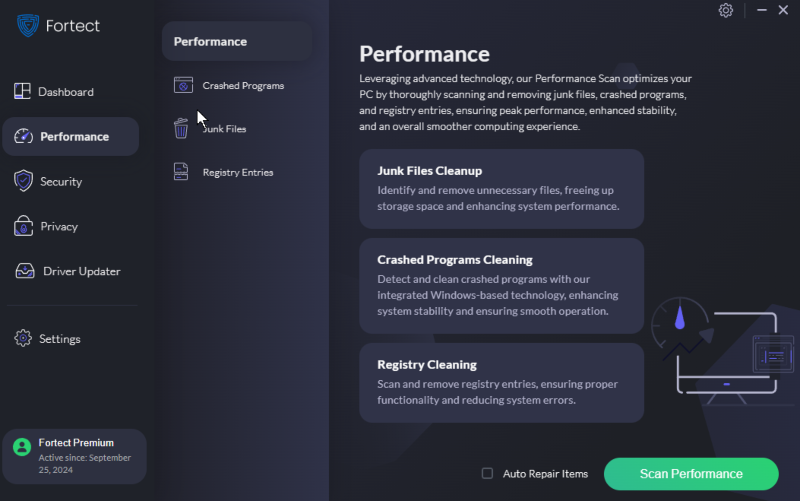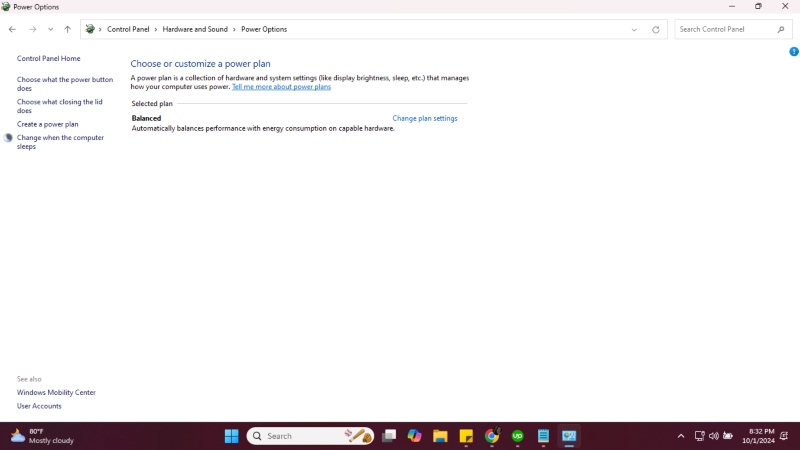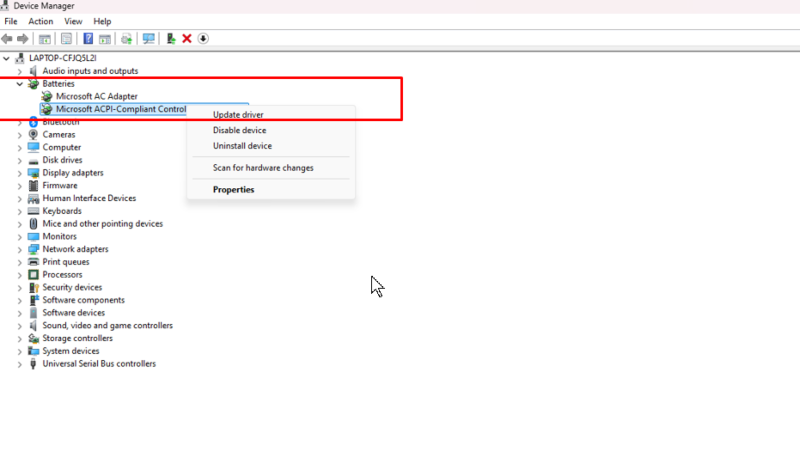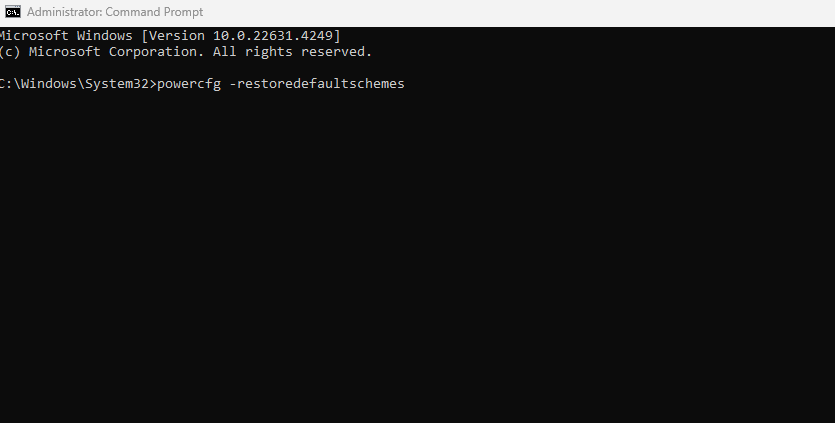Unable to Change Power Plan on Windows 10/11
If you cannot change the power plan on Windows 10 or 11, it can limit your ability to optimize system performance, manage battery life, or tweak power consumption settings. This issue may occur for various reasons, from system misconfigurations to corrupted files.
We will examine the common causes of this problem and provide actionable steps to fix it.
Common Reasons Why You’re Unable to Change Power Plan
Here are some of the most common reasons why you might be unable to change the power plan on your Windows 10/11 device:
- Corrupted system files: Damage to crucial system files can block power plan changes.
- Disabled Power Options: Certain settings might be turned off, preventing changes to the power plan.
- Group Policy Restrictions: Active Group Policy settings might restrict your ability to modify power options.
- Outdated drivers: Incompatible or outdated drivers can cause problems with power management features.
- Missing or incorrect registry settings: Improper registry settings might lead to blocked power plan modifications.
7 Ways to Fix Unable to Change Power Plan on Windows 10/11
Below are the most effective ways to resolve the issue when you cannot change the power plan on Windows 10 or 11.
Check for Corrupted System Files
Corrupted system files can prevent Windows from allowing changes to power plans. Running the System File Checker (SFC) scans your system for damaged or missing files and repairs them automatically, ensuring that essential system components function correctly.
Steps to Fix Corrupted System Files:
- Open the Command Prompt as an administrator.
- Type sfc /scannow and press Enter.
- Wait for the scan to complete and restart your computer if repairs were made.
Alternatively, you can use a third-party PC repair tool, such as Fortect, to automatically fix corrupted files that prevent changing the power plan on Windows 10/11.

Fortect Premium addresses registry issues, replaces damaged system files with clean versions, and removes unnecessary junk files. It automatically scans your PC to detect corrupted files and other performance-related problems, particularly those impacting power plan functionality on Windows 10 and 11, and repairs them to restore system efficiency.
Consider downloading and installing Fortect for a quick resolution.
Ensure Power Options Are Enabled
Sometimes, the power settings can be turned off or hidden due to system misconfigurations or changes made by other software. Verifying that the power options are enabled ensures you can access and modify them.
Steps to Ensure Power Options Are Enabled:

- Press Windows + R to open the Run dialog, then type control and press Enter.
- In the Control Panel, go to Hardware and Sound > Power Options.
- Make sure the power plans are available. If none appear, click on Create a Power Plan.
Edit Group Policy Settings
In some cases, Group Policy restrictions can prevent changes to power plans. Adjusting these settings allows users to regain control over power management features.
Steps to Edit Group Policy Settings:
- Press Windows + R, and type gpedit. msc, and press Enter to open the Group Policy Editor.
- Navigate to Computer Configuration > Administrative Templates > System > Power Management.
- Ensure no settings are blocking power plan changes. Set any restrictive policies to Not Configured.
Update Power Management Drivers
Outdated or incompatible drivers can cause issues with managing power plans. Updating your power management drivers helps ensure smooth interaction between your hardware and the operating system.
Steps to Update Power Management Drivers:

- Press Windows + X and select Device Manager.
- Expand the Batteries or System Devices section.
- Right-click on the relevant driver (like Microsoft ACPI-Compliant Control Method Battery) and choose Update driver.
- Follow the prompts to install any updates.
Run Power Troubleshooter
Follow these steps to run the Power troubleshooter on Windows 10/11:
- Press Windows + I to open Settings.
- Navigate to Update & Security.
- Select Troubleshoot from the left pane.
- Click on Additional troubleshooters.
- Scroll down and click on Power.
- Click Run the troubleshooter and follow the on-screen instructions to resolve any issues.
Running the Power troubleshooter can help identify and fix problems preventing changes to the power plan.
Reset Power Plans to Default Settings
If custom settings or changes have disrupted the power plan functionality, resetting the plans to default can resolve the issue. This will restore all power plan options to their original configuration.
Steps to Reset Power Plans:

- Open Command Prompt as an administrator.
- Type the following command and press Enter:
- powercfg -restoredefaultschemes
- Restart your computer to apply the changes.
Modify Registry Settings
Incorrect or missing registry entries can also lead to problems when trying to change power plans. Modifying the registry ensures that the power settings are correctly configured.
Steps to Modify Registry Settings:
- Press Windows + R, type regedit, and press Enter to open the Registry Editor.
- Navigate to HKEY_LOCAL_MACHINE\SYSTEM\CurrentControlSet\Control\Power.
- Double-click on CsEnabled and set its value to 0.
- Close the Registry Editor and restart your computer.
Conclusion
When you cannot change the power plan on Windows 10 or 11, it can impact how you manage system performance and energy consumption. Addressing issues like corrupted system files, outdated drivers, and incorrect configurations can restore access to power plan settings.
These troubleshooting steps will help you regain control over your device’s power management, ensuring optimal performance and battery life. Regular maintenance and keeping your system updated can prevent these issues from arising in the future.




